It is imperative for pet owners to understand the importance of regularly replacing their canine companions’ playthings. Over time, wear and tear can cause toys to become hazards, posing a serious threat to your dog’s safety. Additionally, unhygienic toys can become breeding grounds for bacteria and other harmful germs, potentially jeopardizing your pet’s health. To ensure the well-being of your furry friends, it is crucial to replace their toys at regular intervals, based on the type of toy, the frequency of use, and the condition of the toy. In this blog post, we will discuss the factors that determine when it’s time to say goodbye to your dog’s toys and safely introduce new ones into their playtime rotation.
Table of Contents
Key Takeaways:
- Regularly assess toy condition: It’s important to routinely check your dog’s toys for signs of wear and tear, such as frayed edges or small parts coming loose.
- Replace damaged toys promptly: When you notice any damage to your dog’s toys, replace them immediately to prevent potential safety hazards such as choking or digestive issues.
- Consider your dog’s chewing habits: Dogs that are aggressive chewers may need toys replaced more frequently, whereas more gentle chewers may be able to keep their toys longer.
- Rotate toys to extend their lifespan: Rotating your dog’s toys and introducing new ones can help extend the lifespan of each toy, providing variety and reducing wear on individual items.
- Invest in durable toys: Consider investing in sturdy, durable toys that are designed to withstand heavy chewing and play, reducing the frequency of replacements.
Understanding Dog Toy Longevity
Obviously, dog toy longevity varies depending on a range of factors, including the type of toy, intensity of use, and the habits and behaviors of your furry friends.
Factors Affecting Dog Toy Wear and Tear
To understand how often you should replace your dog’s toys, it’s essential to consider the various factors that impact their longevity. Some key factors affecting dog toy wear and tear include:
- Material: The material of the toy plays a significant role in determining its durability. Heavy chewers may quickly destroy soft toys, whereas tougher materials like rubber or nylon may last longer.
- Size of the dog: Larger dogs with stronger jaws may tear apart toys more quickly compared to smaller breeds.
- Play style: Dogs that are rougher with their toys or enjoy aggressive chewing may cause more wear and tear.
- Supervision: Dogs that are left unsupervised with their toys may be more likely to destroy them.
Knowing these factors can help you choose toys that are better suited to your dog’s needs, ultimately extending their lifespan.
Types of Dog Toys and Their Durability
Types of dog toys and their durability play a crucial role in determining replacement frequency. Different toys are designed to withstand varying levels of wear and tear. Common types of dog toys and their durability include:
- Plush toys: Soft and cuddly, these toys are often less durable and may not withstand heavy chewing.
- Rubber toys: Tough and durable, rubber toys are suitable for aggressive chewers and can last longer.
- Rope toys: While they provide dental benefits, rope toys may fray and need replacing more often, especially if your dog is a strong chewer.
- Interactive toys: Treat-dispensing or puzzle toys may have a longer lifespan, as they are designed for mental stimulation rather than aggressive chewing.
Importantly, The information should be broken down into

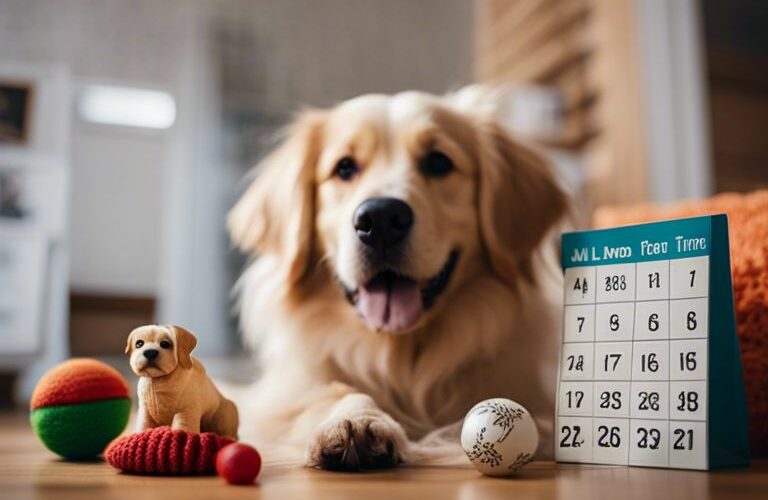
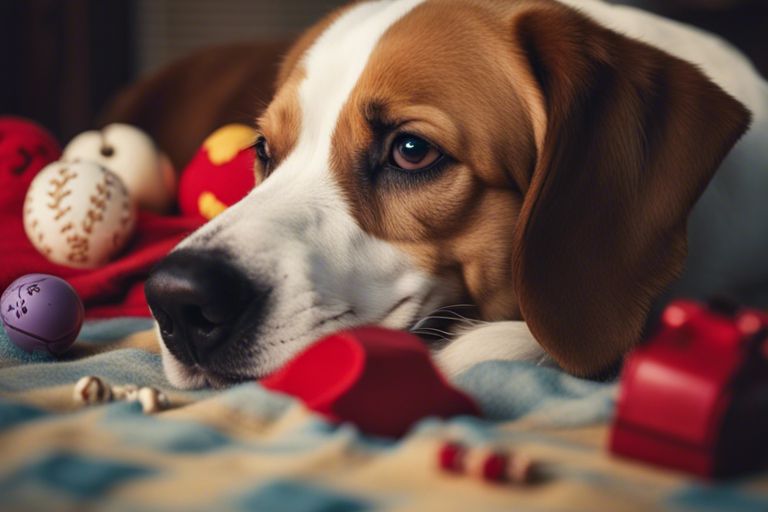
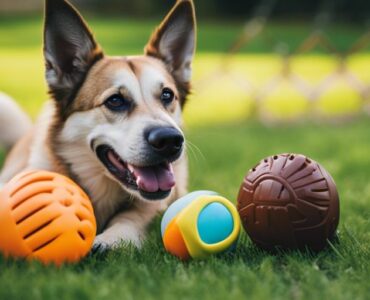
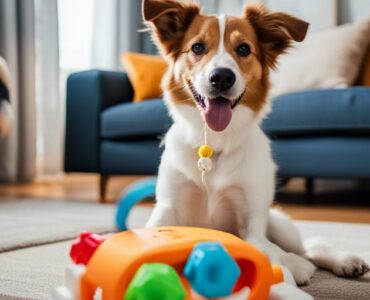
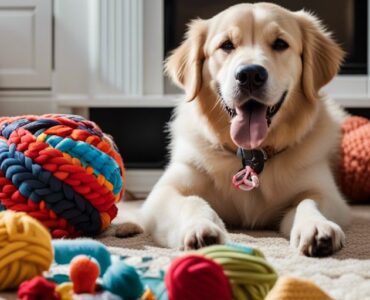





Add comment